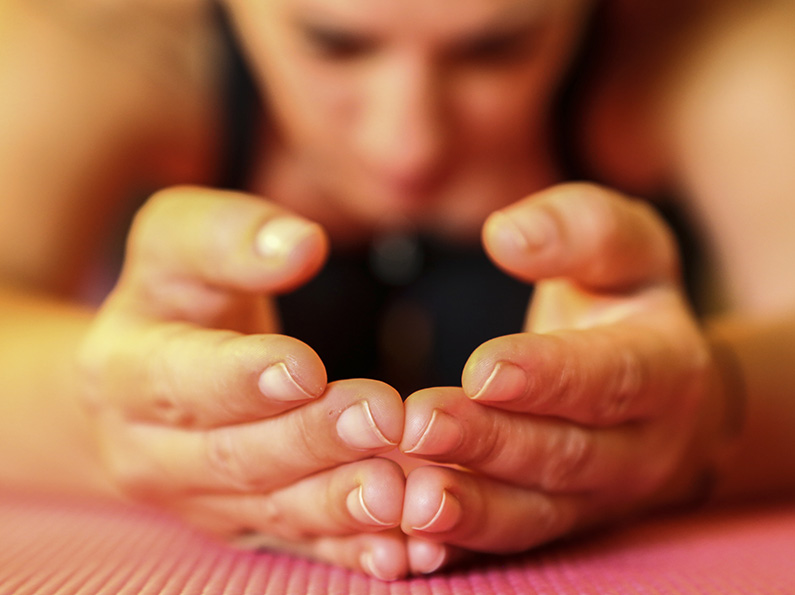Could yoga really help in trauma recovery?
Quite possibly.
A growing body of research supports that yoga could have a powerful influence in healing from traumatic experiences.
Before getting into how it works, let’s take a moment to clarify what trauma is.
What is trauma?
Many people think of themselves as experiencing trauma survivors. I know that for myself, I significantly downplayed my past for years and felt like this word was reserved for survivors of sexual assault, war, and so forth.
Definitions vary, but trauma can be understood as “any deeply distressing or disturbing experience that overwhelms our capacity to cope”.
This may include events and circumstances such as:
- Loss
- Divorce
- Emotionally unavailable parents
- A bad accident
- A long-term illness
- The list could go on…
It can also include secondary and vicarious trauma, which refer to indirect exposure.
So, how can yoga help?
According to trauma research, including the research outlined in Bessel van der Kolk’s The Body Keeps the Score, traumatic experiences result in a fundamental reorganization of the way the mind and body manage perceptions and specific changes in the brain occur. Here are a few examples:
- Trauma survivors tend to operate in “fight, flight, or freeze” mode—experiencing hyper-arousal, hyper-vigilance, and increased stress hormones.in many situations which do not pose an actual threat.
- The self-sensing areas in the medial brain (center) do not light up on brain-imaging scans in those who have been traumatized as they do in non-traumatized individuals. Without these centers being active, self-awareness is frequently compromised.
- Traumatic memories are fragmented, and while survivors might build stories that reflect the traumatic memories, they rarely capture the inner experience of the mind and body. In fact, the area in the frontal lobe of the brain called Broca’s area, which controls speech, goes offline when a trauma flashback is triggered. You can imagine how talk therapy could have limitations.
Traumatic experiences are stored viscerally, so working through the body and movement can be critical in being able to regulation the body’s response.
Yoga helps us to retrain the body and rewire the brain to feel safe.
Yoga can help improve your ability to self-regulate (manage behavior, emotions, and thoughts) and develop sensory awareness. As you learn to observe what is happening in your body and mind with curiosity, your awareness increases allowing an opportunity to subtly reconnect with the wisdom of the body. You slowly learn to regulate emotional responses while rebuilding a feeling of safety in your body.
Heightening your sensory awareness with safety and curiosity on board, it’s possible to begin to reduce fear and arousal, release stress, activate interoception (the sense responsible for internal regulation), and retrain the mind-body connection.
Further, breath awareness and lengthening of the exhalation helps to activate the parasympathetic nervous system, the part of your autonomic nervous system associated with calm and rest.
Learning to befriend your body can be a critical step to the healing process.
Yoga is not a substitute for professional treatment. But it can be a great tool in truly augmenting the flexibility of mind and body.
If you’d like to practice online with me, you can check out my trauma-informed yoga class schedule.







